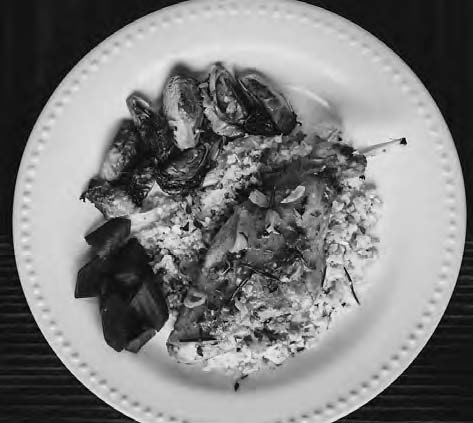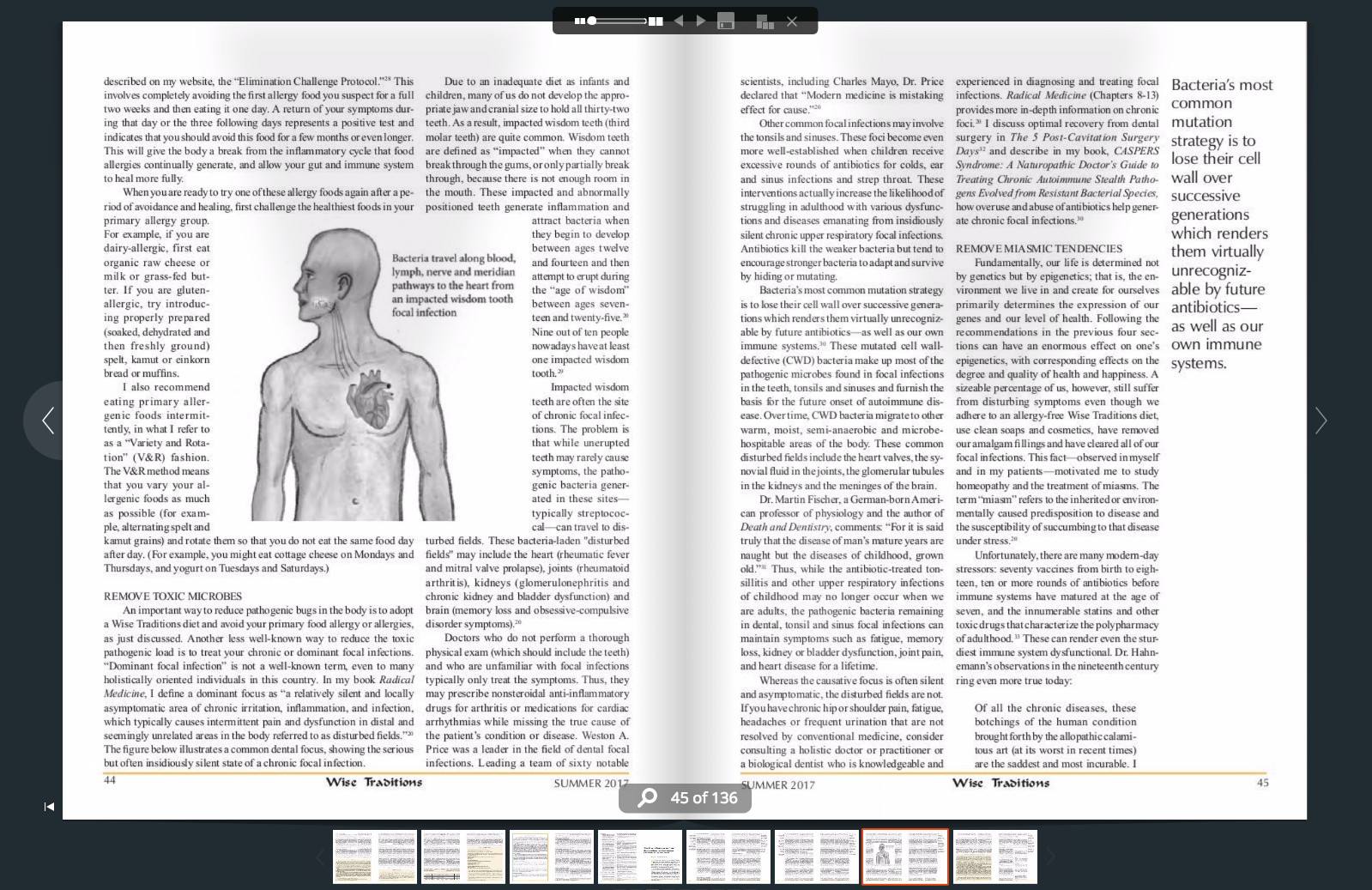 🖨️ Print post
🖨️ Print post
Our family has raised meat rabbits on our homestead for a few years. We set up our own rabbitry to develop a deeper appreciation and understanding of properly raised food.
What first called our attention to producing our own rabbit meat was the sustainability of the operation. Rabbits are sustainable for various reasons. For instance, rabbits naturally fatten on grass and other forage, making them inexpensive and easily raised on a small property. Rabbits are quiet and clean. At the same time, rabbit manure makes a wonderful addition to garden compost.1
Rabbits have a particularly short gestation time of only thirty-one days, and they can give birth to as many as fifteen kits at a time. Obviously the old saying “breed like rabbits” holds true! In fact, one breeding pair of does can produce up to six hundred pounds of meat a year.1
Highly sought after by restaurants and home cooks alike, meat from pastured rabbits is very versatile and healthy. As with other sustainably raised animals, when one provides rabbits with the opportunity to consume grass on pasture, move about naturally and breathe fresh air, they are far more nutrient-dense and toxin-free than animals raised in confinement.2 Although there is only a small amount of fat in rabbits, rabbits raised on pasture or organic alfalfa have a close-to-ideal ratio of omega-6 to omega-3 fatty acids.1
Additionally, responsibly raised rabbits produce more and better quality meat than many other meat animals available. According to the U.S. Department of Agriculture (USDA), a rabbit requires four pounds of forage to make one pound of meat.3 In comparison, agricultural specialists report that beef cattle need to consume seven or more pounds of feed to create one pound of meat.1 (On the other hand, holistic management of cattle—through the grazing and trampling action of hooves and the distribution of cow manure—builds terrific soil;4 grass-fed beef also offers incomparable nutritional benefits, including supplying B vitamins, iron and easily digestible protein.5)
RECIPES
Whether you are interested in raising your own sustainable meat source or you desire to purchase rabbit from a local farmer, you will be delighted with this delicious, nutrient-dense meat. Rabbit meat closely resembles the taste and texture of chicken but definitely is unique and more delicate. Ideally, one should cook rabbit low and slow. Due to the fact that rabbit meat is very lean, it is important to add plenty of nutrient-dense fat to create a pleasing and nutritious dish.
RABBIT BROTH
Rich, golden rabbit broth is our favorite broth because of its great depth of flavor. You are welcome to opt out of adding chicken feet and heads, but adding both will add significant collagen to your broth. Using a whole rabbit carcass, including the vertebrae and joints, will make wonderful stock because of the heavy amounts of connective tissue and collagen.
Carcasses of 2-3 rabbits
2 chicken feet and heads (optional)
2 carrots, roughly chopped
2 celery stalks, roughly chopped
1 onion, quartered
5-6 peppercorns
2-3 tablespoons apple cider vinegar
Clean, filtered water
If using raw rabbit bones, start by roasting them at 450 degrees until browned, about 45 minutes. Alternatively, add reserved bones from a previous rabbit meal to a large stockpot or slow cooker.
Add carrots, celery, onion, peppercorns and apple cider vinegar. Cover the bones with filtered water, ensuring adequate headspace. Simmer for about 24 hours.
Strain the broth through a fine mesh sieve and/or cheesecloth and store in the refrigerator or freezer.
BRAISED RABBIT WITH BACON
If you are harvesting your own rabbits, cut the saddle into two pieces. Carve out the two front legs through the backbone; then carve out the hind legs.
If desired, sauté the kidneys, liver and heart with the shallots from the recipe—this makes a great snack while you are preparing the rest of the dish.
2 pastured rabbits, cut into 6 pieces each
8 strips pastured bacon, chopped
4-5 shallots, sliced
3-4 cloves garlic, minced
1 cup organic white wine
1 1/2 cups rabbit or chicken broth
1/2 cup Dijon mustard
1 cup fresh cream (grass-fed)
2-4 tablespoons butter or ghee (grass-fed)
Several sprigs fresh rosemary and thyme
Unrefined salt and pepper, to taste
In a large Dutch oven or heavy-bottomed pot, cook bacon over medium heat until it is browned and fat is rendered. Remove the bacon and set aside.
Sprinkle rabbit pieces with salt and pepper and brown on both sides, adding butter or ghee to the pot if more cooking fat is needed. Remove the rabbit pieces and set aside.
Add the shallots and sauté until translucent. Stir in the garlic until fragrant, about a minute. Deglaze the pot with a splash of the white wine.
Whisk together the remaining white wine, broth and Dijon mustard. Add the browned rabbit pieces and bacon back to the pot. Cover with the white wine and broth mixture.
Place the rosemary and/or thyme sprigs on top and bring to a simmer. Simmer for about 40-45 minutes, or until rabbit is cooked and tender. The sauce should be slightly thickened, enough to coat the back of a spoon. If it needs further thickening, remove the rabbit pieces and reduce the sauce until it has reached the desired consistency.
Stir the cream into the sauce just before serving. Serve on a bed of sprouted rice or riced cauliflower.
SIMPLE SLOW-COOKED RABBIT
This is a very easy way to prepare rabbit, similar to roasting a chicken. It can be served as a main dish, or you can remove the meat from the bones to use in other recipes (see recipe for rabbit pot pie). Make sure you save the bones for broth!
1 whole rabbit
1 onion, sliced
3 celery ribs, roughly chopped
3 carrots, roughly chopped
2 cloves garlic, chopped
2-4 tablespoons butter or ghee
2 cups water or rabbit stock
Unrefined salt and pepper
Arrange the vegetables at the bottom of a slow cooker. Pat the rabbit dry and sprinkle with unrefined salt and pepper. Place the rabbit in the slow cooker and dot it with butter. Pour the water or broth into the slow cooker. Cook on low for about six hours, or until the meat is falling off the bones. Serve with mashed potatoes or mashed cauliflower.
RABBIT POT PIE
For the crust:
2 1/2 cups almond flour
1/3 cup arrowroot flour
1 teaspoon unrefined salt
1/2 teaspoon baking powder
5 tablespoons grass-fed butter, chilled
2 pastured eggs, chilled
3 tablespoons cold water
Add all the dry ingredients to a food processor and pulse until mixed. Cut the chilled butter into small pieces and place in the food processor. Add the eggs and pulse about 10 times, or until just incorporated. Sprinkle the cold water over the mixture and pulse until dough forms.
Wrap the dough in unbleached parchment or waxed paper and put it in the freezer for about 30 minutes.
Once chilled, remove the dough and place it in between two pieces of unbleached parchment paper. Roll until the dough is the desired thickness and size to fit your casserole dish.
Gently roll it up and place it in the freezer while you prepare the filling.
For the filling:
2-3 tablespoons grass-fed butter, ghee or lard
8 ounces sliced mushrooms (portobello, button or chanterelle)
2 leeks, chopped
3 carrots, chopped
3 celery ribs, chopped
1 cup of peas, fresh or frozen and thawed
1 large celery root, peeled
2 cups bone broth
1/2 cup cream (grass-fed)
2 cups rabbit meat, cooked and shredded
2 teaspoons unrefined salt
A few sprigs fresh thyme, chopped
One sprig fresh rosemary, chopped
Preheat oven to 350 degrees.
In a large skillet, heat fat of choice over medium heat. Add mushrooms, leeks, carrots, celery and one of the teaspoons of salt to the pan and sauté until softened.
In a separate pan, melt butter and sauté the celery root over medium-high heat.
When the celery root is soft and lightly browned, add it, along with the bone broth and cream, to a high-speed blender. Puree until smooth.
Pour the pureed mixture over the sautéed vegetables and stir to incorporate.
Add the shredded rabbit meat, peas and chopped thyme and rosemary along with the second teaspoon of salt, gently stirring to incorporate all ingredients.
Pour mixture into a 9 x 13-inch baking dish or comparable casserole dish.
Remove the dough from the freezer and unroll the parchment paper. Carefully place the dough on top of the filling.
Trim or crimp the edges of the dough as needed so it does not hang over your baking dish. Cut a few slits in the dough to allow steam to escape while baking.
Bake for about an hour or until crust is golden brown.
REFERENCES
1. Mather R. Rabbit: a great meat animal for small homesteads. Mother Earth News, Oct/Nov 2011.
2. Schivera D. Raising rabbits on pasture. http://www.mofga.org/Publications/MaineOrganicFarmer-Gardener/Winter20092010/Rabbits/tabid/1392/.
3. United States Department of Agriculture (USDA). U.S. rabbit industry profile. Fort Collins, CO: USDA, Animal and Plant Health Inspection Service, Veterinary Services, June 2002. https://www.aphis.usda.gov/animal_health/emergingissues/downloads/RabbitReport1.pdf.
4. Schwartz, Judith D. Cows Save the Planet and Other Improbable Ways of Restoring Soil to Heal the Earth. White River Junction, VT: Chelsea Green Publishing, 2013.
5. Rodgers D. How much feed does it take to produce a pound of beef? http://sustainabledish.com/muchfeed-take-produce-pound-beef/.
This article appeared in Wise Traditions in Food, Farming and the Healing Arts, the quarterly magazine of the Weston A. Price Foundation, Fall 2017.
🖨️ Print post


Leave a Reply